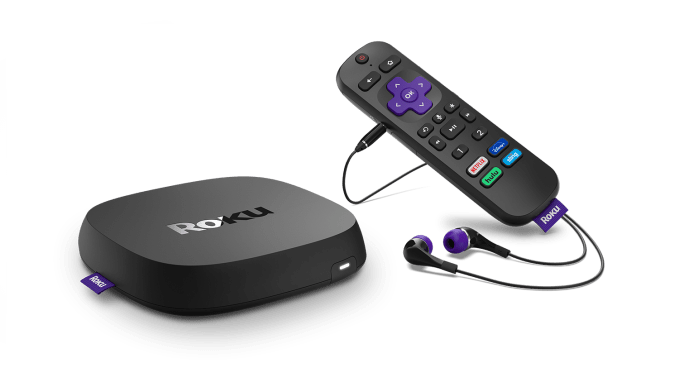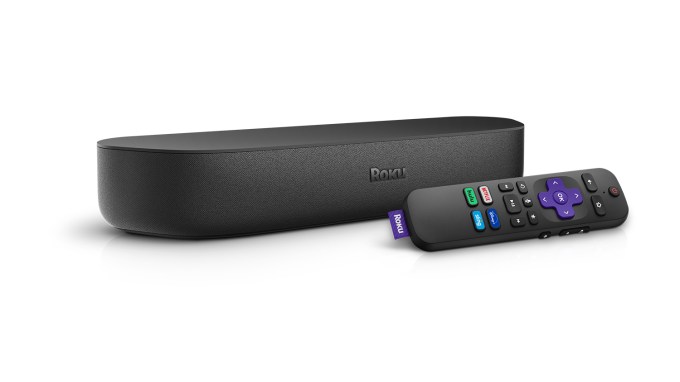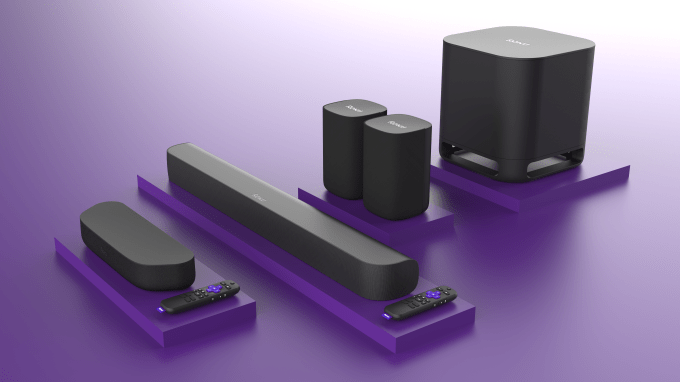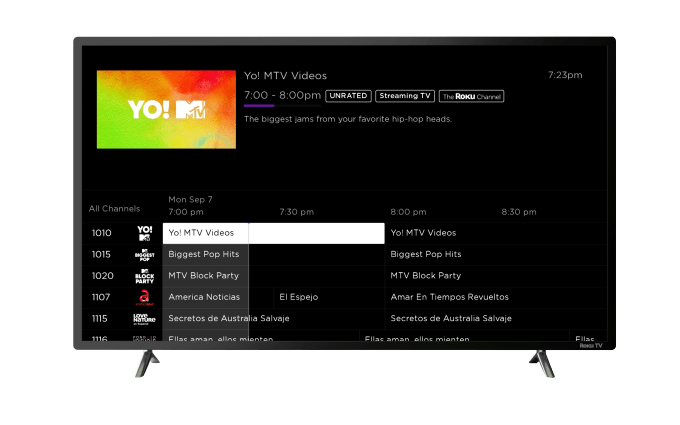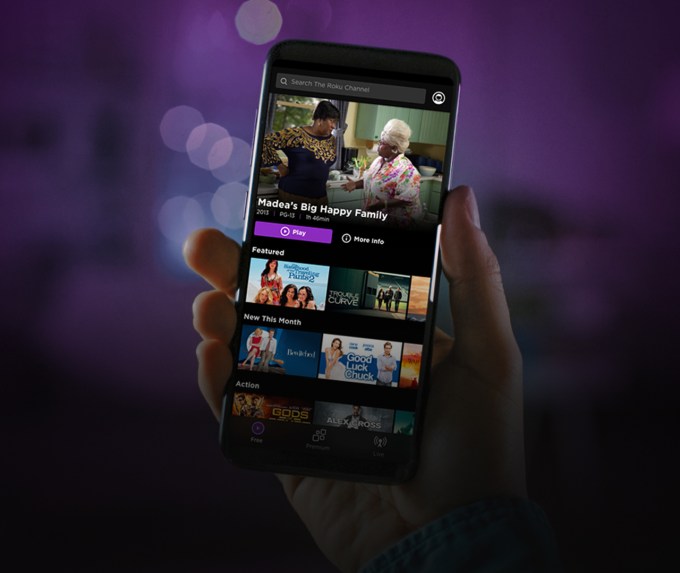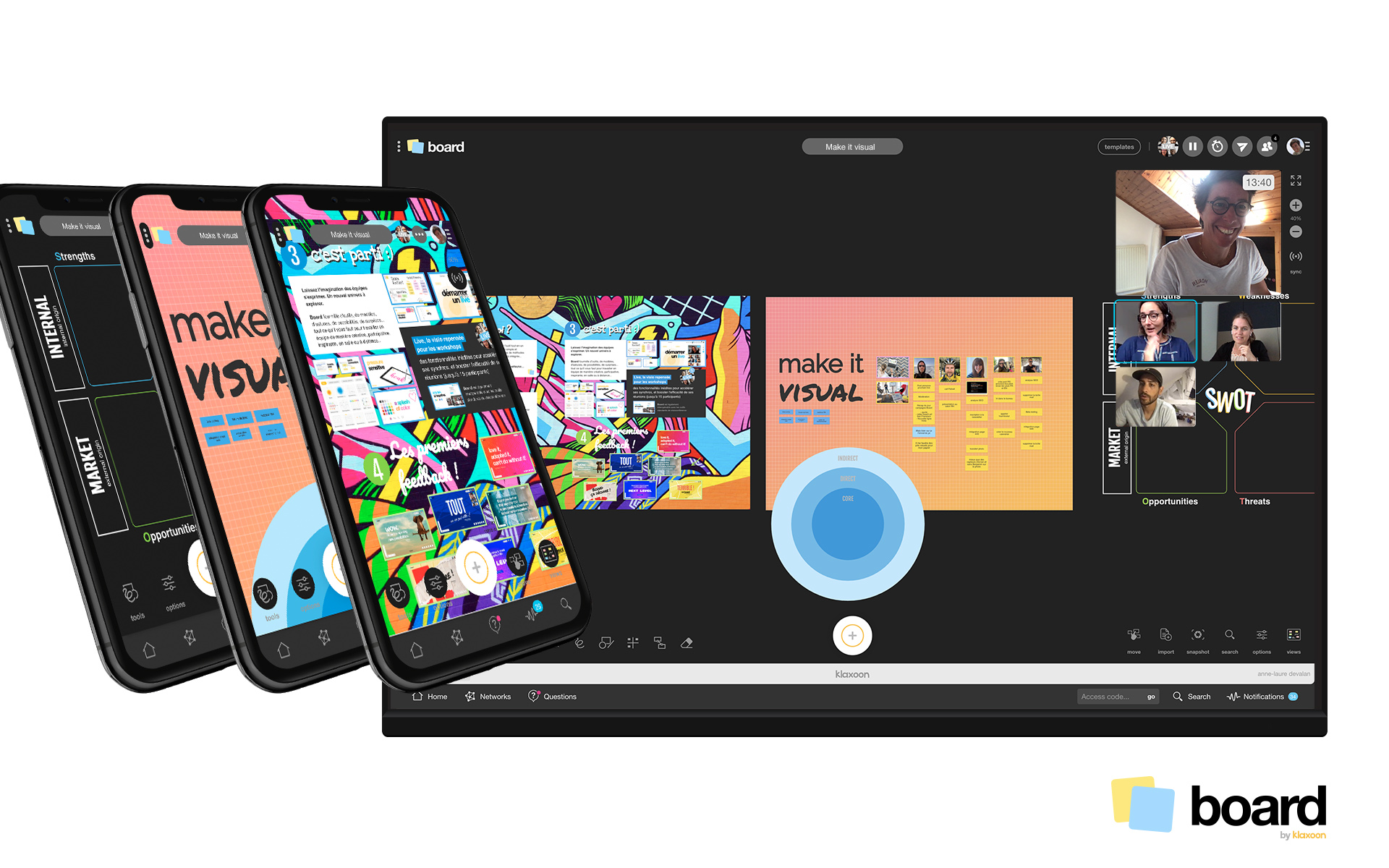Holiday shopping season is getting a big head start this year. Amazon today announced that it will hold Prime Day — its annual mega global sale event on a big range of items, including toys, TVs, electronics, fashion, beauty, kitchen, home, and Amazon Devices — on Tuesday, October 13 (midnight PT) and carrying on through Wednesday, October 14, just weeks ahead of Black Friday. Prime Day will take place in the U.S., U.K, U.A.E, Spain, Singapore, Netherlands, Mexico, Luxembourg, Japan, Italy, Germany, France, China, Canada, Belgium, Austria, Australia, and (for the first time) Turkey and Brazil.
Prime Day, as its name implies, is a sale aimed that people who are members of Amazon’s Prime loyalty program, which provides free shipping on a big range of items, access to Amazon’s various streamed media services, and other perks, for a monthly or annual fee. There are some 150 million+ people globally who now take out Prime memberships and Amazon offers free trials for people to sign up so that they can buy during the two-day event.
(Pricing for Prime starts at $119 a year or $12.99 a month for individuals, with discounts for students, those on government assistance and others. Business Prime for businesses starts at $69 per year.)
The event, which is still called “Prime Day” even though it has grown over time to 48 hours, is usually held over the summer as a way of boosting buying activity in what can otherwise be more sluggish shopping months — 2019’s event was in July — but this year, it was postponed because of COVID-19.
That was likely due to multiple reasons. Given that the virus was peaking in the US this summer, having a big sales event might have been a bad look. But in addition to that, the economic impact of the virus has also taken a toll: for many budgets have tightened, and so if consumers are going to take the time to buy big-ticket items, Amazon is possibly banking on them doing that only once this year, during holiday shopping, rather than twice.
It will be interesting to see how Prime Day stacks up in that context. Last year, Amazon said that its Prime Day (which was extended for the first time to 48 hours in 2019) sold 175 million items, more than Black Friday and Cyber Monday combined.
Those are the key dates to note. Thanksgiving weekend — bookended by the US holiday and Cyber Monday and including Black Friday — have over the years become the unofficial “start” of the holiday shopping season. That period has become the key moment for retailers offline and online, when they bank on doing the most selling of the year and hitting (or hopefully passing) their numbers.
By placing its Prime Day event just a month ahead of that period, Amazon is essentially extending out the start time of that period, experimenting with the idea that they might actually get to “own” the whole start to the shopping season.
That may sound bold, but Amazon’s impact on wider shopping patterns and “shopping holidays” had already been proven. Last year, some 250 other online retailers, competitors to Amazon, set up promotional events to coincide with Prime Day, taking advantage of people being online and ready to buy things, and trying to make sure they are not cut out of the spending sprees.
Yet it’s not a sure thing, in the current climate. Even though Amazon, like a lot of other online retailers, have been raking in the sales as more people have turned away from physical stores to comply with social distancing rules, the longer term picture has been less sure. The job market is not strong, and people are watching their wallets.
So Amazon is taking all that on board and trying to pin bigger sweeteners into the mix on both sides of its marketplace. In addition to offering free trials of Prime (which it always does) it said it will give $10 credits to people to use on Prime Day if they spend $10 with selected small businesses between now and October 12.
“In the midst of an unprecedented year, we’re committed to making this the most successful Prime Day ever for our small businesses and excited for Prime members worldwide to discover new ways to support local entrepreneurs and save big on everything they need and love,” said Jeff Wilke, Amazon CEO Worldwide Consumer, in a statement. “This year’s Prime Day is the perfect opportunity for Prime members to get their holiday shopping done early from the comfort of their homes – and to have more time to spend with their families and friends throughout the season.”
Although Amazon sells a giant amount of merchandise directly, its network of third party sellers, many of which are small businesses who have come to rely on Amazon as the central piece of their e-commerce strategies, is a critical part of its wider catalogue, so getting them on board has been a major effort for the company. (Not least because it helps the company in its general antitrust profile, too.)
“In such an unsettled economy, we’ve actually been able to grow our sales with Amazon, allowing us to pay our employees more and pivot quickly when supply chain shortages struck,” said Colleen Sundlie, owner of Date Lady in Springfield, MO, in a statement. “Selling online has helped us stay connected with customers and continue growing our small business despite the challenging times.”
Playing with Holiday Shopping dates is really par for the course for Amazon, which also said that it’s getting a jump on its own Prime Day with sales starting today on Amazon Devices like the Echo Dot (get for $39.98) and Fire TV Recast ($129.99), and $100 off on Fire TV Edition Smart TVs, as well as deals on its streaming and media services, for example subscribing to four months of Amazon Music for $0.99.
It’s also pushing its payments services for the event. Prime members who sign up to Amazon Prime Rewards Visa Signature Cards get $100 gift cards among other perks.


 noyb also highlights a response by Slack which said it does not “voluntarily” provide governments with access to data — which, as the privacy rights group points out, “does not answer the question of whether they are compelled to do so under surveillance laws such as FISA702”.
noyb also highlights a response by Slack which said it does not “voluntarily” provide governments with access to data — which, as the privacy rights group points out, “does not answer the question of whether they are compelled to do so under surveillance laws such as FISA702”.